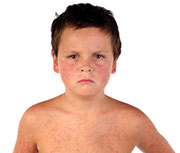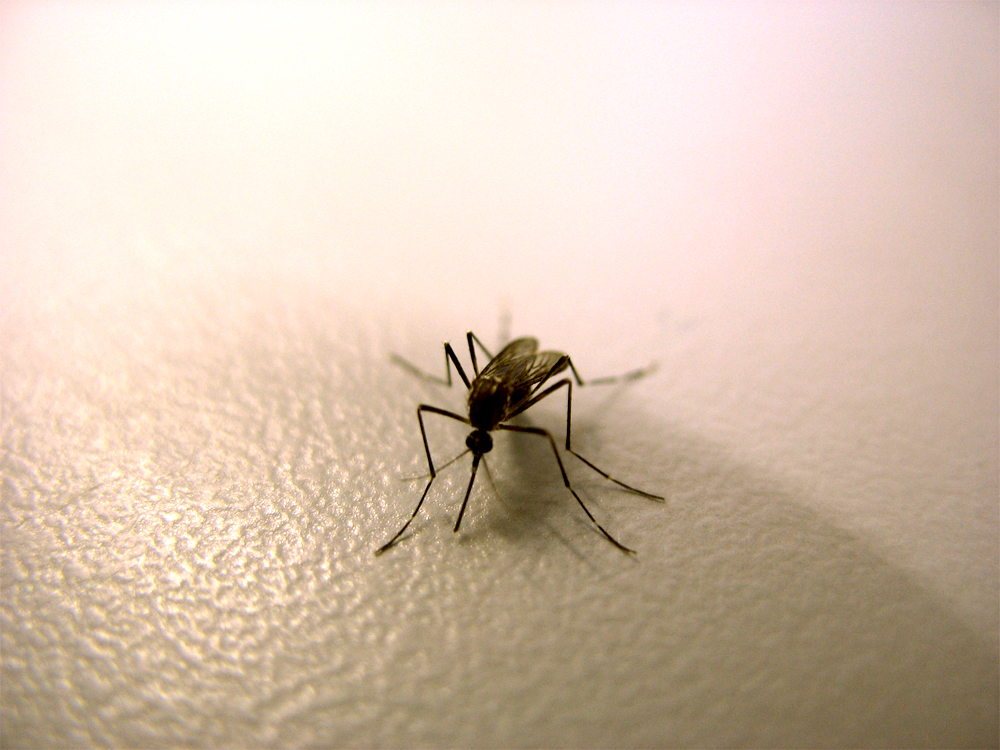
THURSDAY, April 24, 2014 (HealthDay News) — Vaccinations have prevented an estimated 732,000 deaths, 21 million hospitalizations and 322 million illnesses among U.S. children born in the last 20 years, according to a government report released Thursday.
Despite this success, measles — a highly contagious disease — is seeing a recurrence in the United States, the U.S. Centers for Disease Control and Prevention also reported.
As of April 18, 129 people have been diagnosed with measles in outbreaks in 13 states this year. Most of the people sickened were not vaccinated, the CDC says.
Although these outbreaks start outside the country, measles infection spreads rapidly among unvaccinated people, CDC director Dr. Tom Frieden said during an early afternoon press briefing.
“Measles is still far too common in many parts of the world,” he said. “Globally, an estimated 20 million people get measles and 122,000 die from the disease each year.”
Twenty years ago, the Vaccines for Children program was launched, providing free vaccines for families who can’t afford to pay for them.
The program was a direct response to a measles outbreak that sickened more than 50,000 people and killed more than 100. This happened despite the availability of a measles vaccine since 1963, Frieden said.
“This was a wake-up call and it impressed upon me how infectious measles is, because a single undiagnosed case in a hospital could result in dozens of secondary cases,” he explained.
The program also saves money, Frieden said. Fewer hospitalizations and more lives saved will cut nearly $295 billion in direct costs and $1.38 trillion in total societal costs, estimates indicate.
The report was published in the April 25 issue of the CDC’s Morbidity and Mortality Weekly Report.
Dr. Anne Schuchat, director of the National Center for Immunization and Respiratory Diseases, who also spoke at the news conference, said, “Measles has gotten off to an early and active start this year.”
The 129 measles cases reported so far “are the most measles cases reported in the first four months of the year since 1996,” she said.
In 2013, there were 189 measles cases. In 2011, 220 people had measles — the most since 1996, according to the CDC.
“Today’s measles outbreaks are too often the result of people opting out. Most of the people, 84 percent of those who were reported to have measles thus far, were not vaccinated or didn’t know their vaccination status. Of the unvaccinated U.S. residents, 68 percent had personal belief exemptions,” Schuchat said.
Areas with the highest number of cases include California with 58, New York City with 24 and Washington state with 13, Schuchat said. Thirty-four of all the cases were imported, involving U.S. residents who traveled overseas and foreign visitors. Half of those importations were from the Philippines, where there were about 20,000 cases and 69 deaths as of February, she said.
Schuchat noted that over the last 20 years, for measles alone, vaccination had prevented about 71 million cases and almost 9 million hospitalizations. “It’s extraordinary what we are able to achieve with vaccinating, compared with not vaccinating, she said.
One expert not involved with the report said that people forget how bad measles was before there was a vaccine.
“Measles caused about 3 million cases a year in the United States before there was a vaccine in 1963,” said Dr. Paul Offit, chief of the division of infectious diseases at the Children’s Hospital of Philadelphia.
“It would cause 48,000 hospitalizations and about 500 deaths,” Offit said. “Nobody had to be convinced to get a measles vaccine.”
Now measles is reappearing because people are making a choice not to get vaccinated, Offit said. “They are choosing not to get it because they don’t fear the disease,” he said.
Offit thinks this may be a natural outcome of a vaccine program. The disease is conquered, the disease is forgotten, people don’t get vaccinated, and the disease comes back. “This is just going to be the pattern until the sun burns out,” he said.
It will take more measles hospitalizations and maybe a death or two to convince people not to opt out of vaccinating their children, Offit said. “It has to get to a level of consciousness that you realize that not getting vaccinated means it might be you or your child who gets hospitalized or dies,” he said.
According to the CDC, the side effects of the vaccine are minor — including pain and redness at the injection site, headache, fatigue or a vague feeling of discomfort — all of which go away quickly.
Because measles is so contagious, the CDC recommends people of all ages keep up to date with their vaccinations. The agency recommends two doses of MMR (measles, mumps and rubella) vaccine for everyone, starting at age 12 months. In addition, infants aged 6 through 11 months should receive one dose of MMR vaccine before traveling out of the country, the agency says.
More information
For more about measles, visit the U.S. Centers for Disease Control and Prevention.
Copyright © 2026 HealthDay. All rights reserved.

